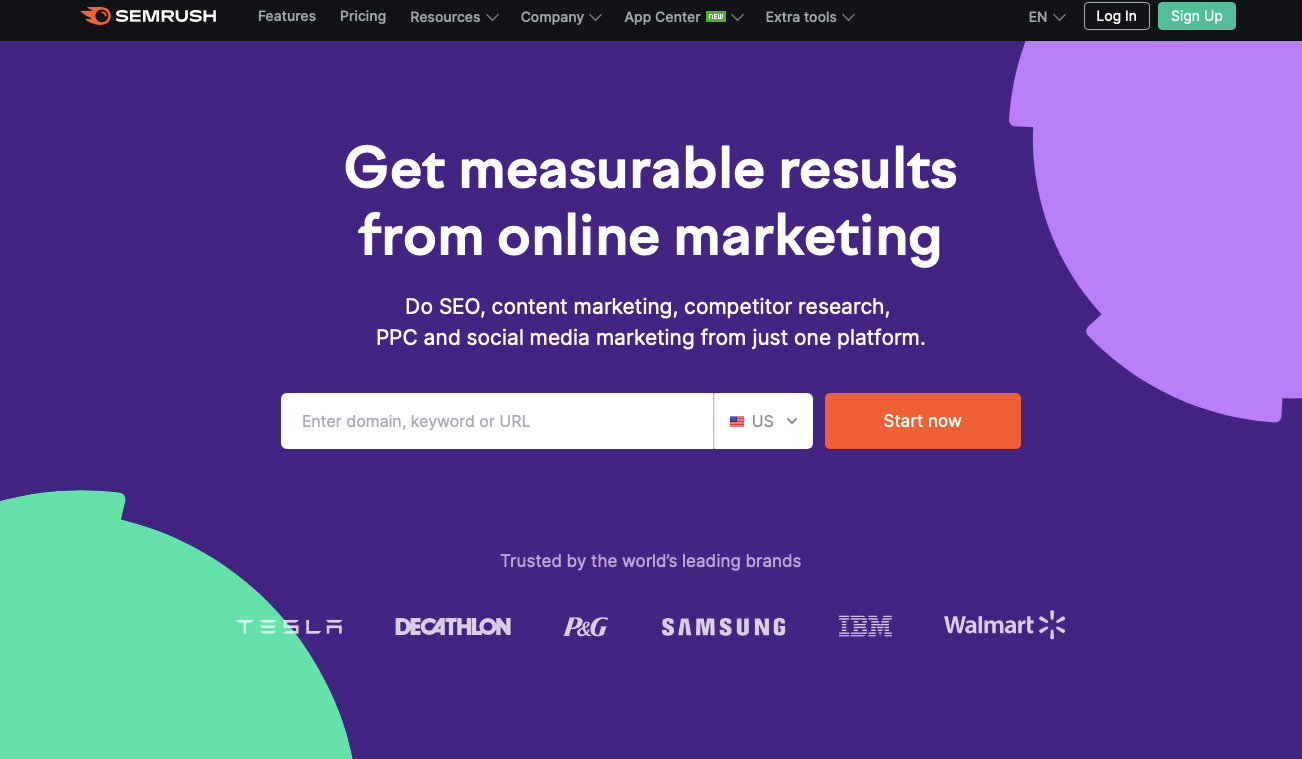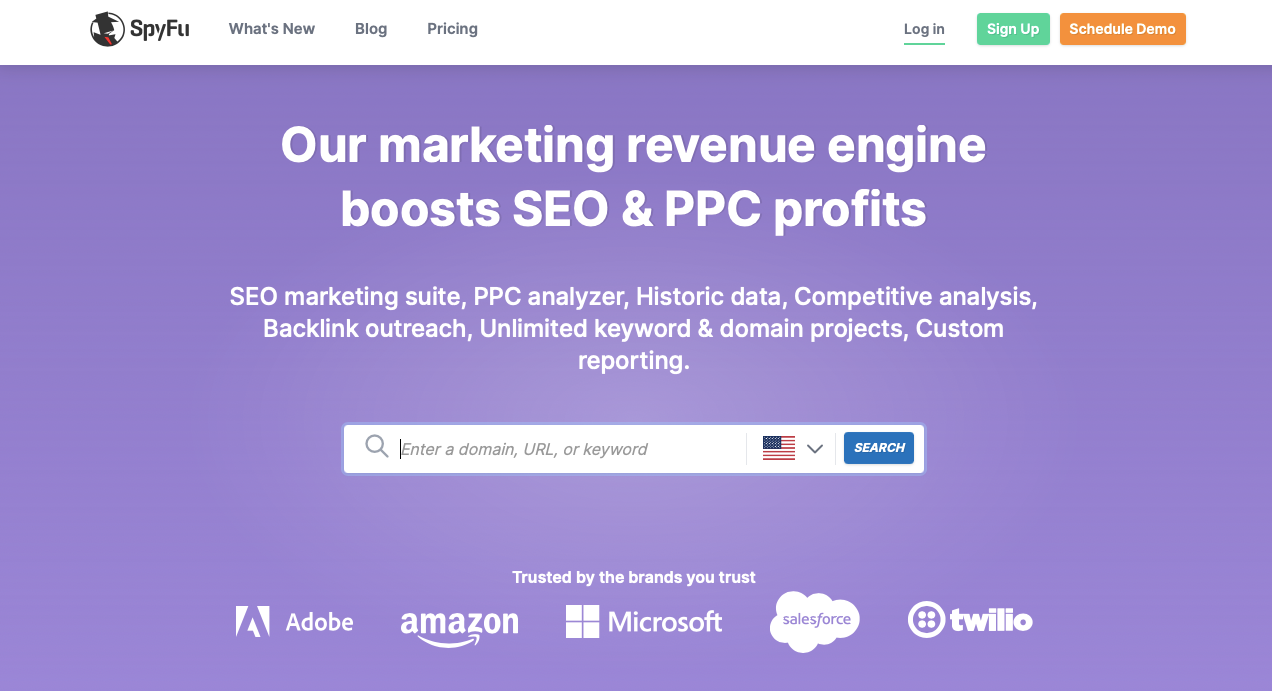How to Create a Growth Marketing Plan That Works

In today's fast-paced and competitive business world, it's becoming increasingly challenging for companies to achieve growth and stand out from their competitors. That's where growth marketing comes in.
Growth marketing is a data-driven and experimental approach to marketing that focuses on driving growth and achieving business goals. It involves using various marketing techniques to attract and retain customers, increase brand awareness, and generate revenue.
However, creating a growth marketing plan that works is easier said than done. It requires careful planning, analysis, and execution to achieve the desired results.
In this blog post, we will discuss the essential steps to create a growth marketing plan that works. These steps will help you identify your business goals, define your target audience, conduct a competitor analysis, develop a unique value proposition, choose the right marketing channels, set key performance indicators (KPIs), and implement and monitor your plan.
By following these steps, you can create a growth marketing plan that is tailored to your business needs and achieve the desired results.
Step 1: Identify Your Business Goals
This step is crucial because your goals will drive the rest of your growth marketing strategy. Without clear and specific goals, it's challenging to develop a plan that is focused and effective.
When setting your business goals, it's important to make sure they are specific, measurable, achievable, relevant, and time-bound (SMART). Specific goals are clear and unambiguous, while measurable goals can be quantified and tracked. Achievable goals are realistic and feasible for your business to accomplish, while relevant goals are aligned with your overall business strategy. Time-bound goals have a set deadline or timeline for completion.
For example, you may want to increase your website traffic by 50% in the next six months or generate 100 new leads per month.
Step 2: Define Your Target Audience
Once you have identified your business goals, the next step is to define your target audience. You need to know who your customers are, what they want, and how you can reach them. You can use various tools like Google Analytics, Facebook Insights, or customer surveys to gather this information.
Your target audience is the group of people who are most likely to be interested in your products or services. By defining your target audience, you can develop a more targeted and effective growth marketing strategy.
To define your target audience, start by creating a customer profile that includes demographic information such as age, gender, location, income, and education level. You can also include psychographic information such as interests, values, and behaviors.
Next, consider the needs, pain points, and motivations of your target audience. What problems do they need your product or service to solve? What motivates them to make a purchase? Understanding these factors can help you create marketing messages that resonate with your target audience and drive conversions.
You can use a variety of tools and techniques to define your target audience, including customer surveys, focus groups, social media analytics, and website analytics.
Once you have defined your target audience, you can develop a growth marketing plan that is tailored to their needs and interests. By targeting the right people with the right messages, you can attract and retain more customers and achieve sustainable growth for your business.
Step 3: Conduct a Competitor Analysis
To create a successful growth marketing plan, you need to conduct a competitor analysis. You need to know who your competitors are, what they are doing, and how you can differentiate yourself from them.
Recommended tools to analysis the competitors:

SEMrush is an online marketing tool used by digital marketers, SEO professionals, and content creators to analyze and track their website's performance and that of their competitors. It provides a suite of tools and features that allow users to conduct keyword research, track keyword rankings, audit their website's SEO health, analyze backlinks, and much more.
SEMrush also offers competitive analysis features that help users understand their competitors' online strategies, including their top-performing keywords, backlinks, and ad campaigns. The tool is widely used in the digital marketing industry and is considered to be a comprehensive platform for SEO and online marketing analysis.

Ahrefs is an online marketing toolset used by digital marketers, SEO professionals, and content creators to analyze and track their website's performance and that of their competitors. It provides a comprehensive suite of tools and features that allow users to conduct keyword research, track keyword rankings, audit their website's SEO health, analyze backlinks, and much more. Ahrefs also offers competitive analysis features that help users understand their competitors' online strategies, including their top-performing keywords, backlinks, and ad campaigns.
One of the unique features of Ahrefs is its backlink analysis tool. This tool allows users to analyze the backlink profiles of their website and their competitors, helping them identify high-quality backlinks and potential link-building opportunities. Ahrefs also has a robust content analysis tool, which allows users to see which content is performing well in their niche and helps them create better content to rank higher in search results.
Overall, Ahrefs is a popular and widely used online marketing toolset that is considered to be a comprehensive platform for SEO and online marketing analysis.

SpyFu is an online marketing tool used by digital marketers, SEO professionals, and content creators to conduct competitive analysis and keyword research. The tool provides insights into the online marketing strategies of their competitors, including their top-performing keywords, ad copy, and ad spend.
With SpyFu, users can enter their competitors' domain names and get insights into their organic and paid search strategies. Users can also see which keywords their competitors are ranking for and which ones they are bidding on in their paid search campaigns. Additionally, SpyFu provides historical data on keyword rankings and ad campaigns, allowing users to see how their competitors' online marketing strategies have evolved over time.
SpyFu also offers a keyword research tool that helps users identify new keyword opportunities for their website. The tool provides data on search volume, competition, and related keywords, allowing users to choose the most relevant and profitable keywords for their content and SEO strategies.
Overall, SpyFu is a powerful online marketing tool that helps users conduct competitive analysis, optimize their SEO strategies, and identify new keyword opportunities for their website.
Step 4: Develop a Unique Value Proposition
Based on the information gathered in steps 2 and 3, you can develop a unique value proposition. Your value proposition should clearly state why customers should choose your product or service over your competitors'. It should be unique, compelling, and easy to understand.
Step 5: Choose the Right Marketing Channels
There are numerous marketing channels available, and choosing the right ones for your business is crucial. You can use a combination of online and offline channels, including social media, email marketing, content marketing, paid advertising, and events. You need to identify which channels are most effective for your target audience and focus on those.
Step 6: Set Key Performance Indicators (KPIs)
To measure the success of your growth marketing plan, you need to set key performance indicators (KPIs). Your KPIs should be aligned with your business goals and should be specific, measurable, and relevant. Examples of KPIs include website traffic, lead generation, conversion rates, and revenue.
Step 7: Implement and Monitor Your Plan
Once you have developed your growth marketing plan, you need to implement it and monitor its progress regularly. You need to track your KPIs and adjust your plan accordingly if necessary. You can use various tools like Google Analytics, HubSpot, or Salesforce to monitor your progress.
Creating a growth marketing plan that works can be a complex process, but it's essential for companies that want to achieve sustainable growth and stand out from their competitors. By following the steps outlined in this blog post, you can create a plan that is tailored to your business goals, target audience, and competitive landscape.
The first step is to identify your business goals, which should be specific, measurable, achievable, relevant, and time-bound. You should also define your target audience, conduct a competitor analysis, and develop a unique value proposition that differentiates your business from others in the market.
Choosing the right marketing channels is crucial to the success of your growth marketing plan. You should select channels that are most effective for your target audience, such as social media, email marketing, content marketing, paid advertising, and events. You should also set key performance indicators (KPIs) that align with your business goals and track your progress regularly using tools like Google Analytics, HubSpot, or Salesforce.
Implementing and monitoring your plan is the final step in the growth marketing process. You should adjust your plan if necessary based on the results you achieve, and continually iterate and optimize to improve your KPIs.
In conclusion, creating a growth marketing plan requires careful planning, analysis, and execution. By following the steps outlined in this blog post, you can create a plan that is tailored to your business goals and achieves the desired results. Remember to track your progress regularly and adjust your plan accordingly to ensure your continued success.




